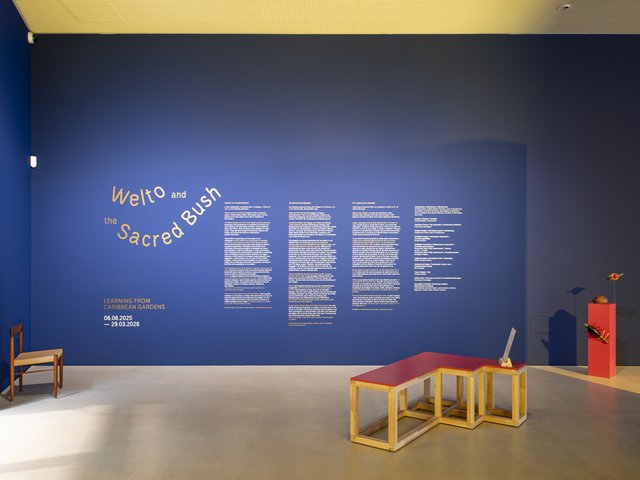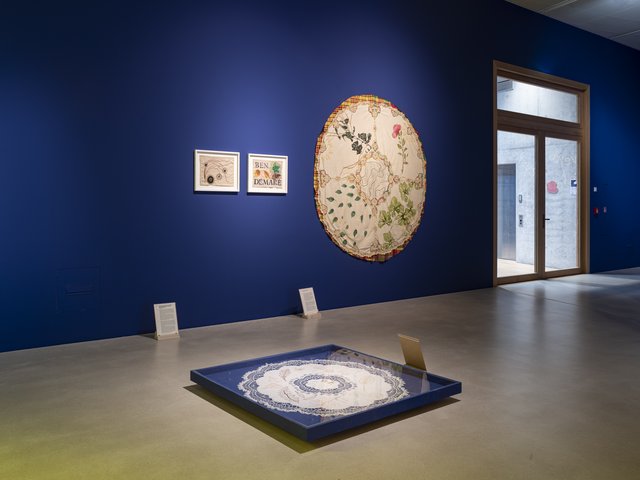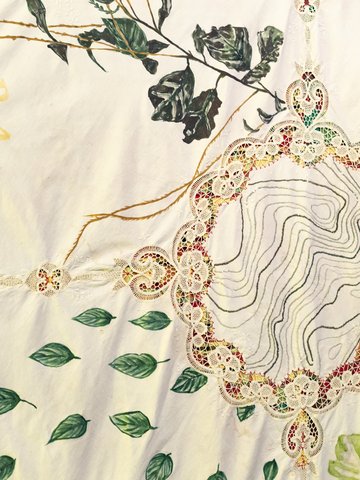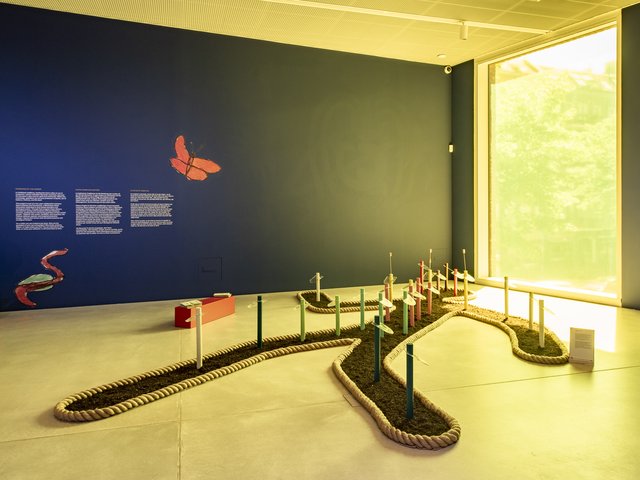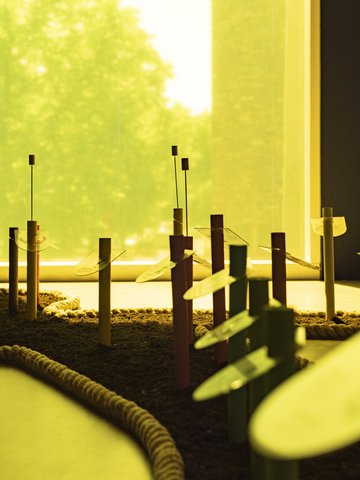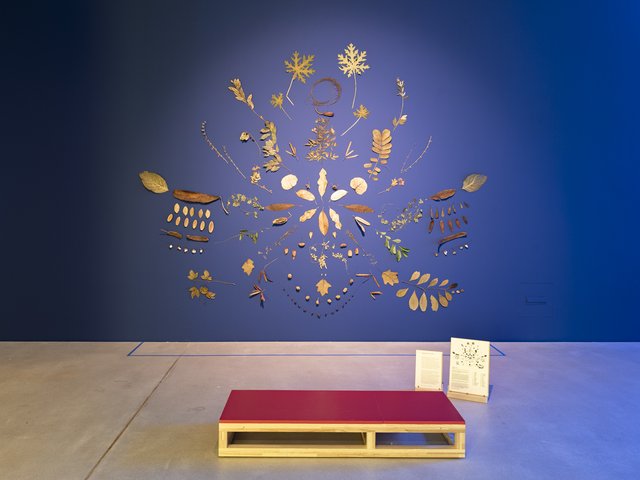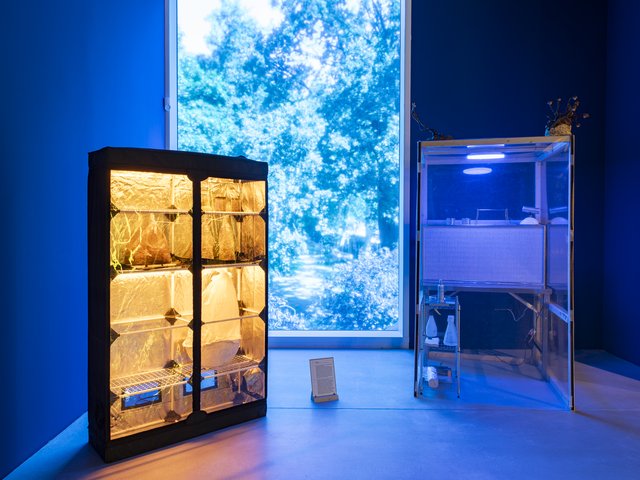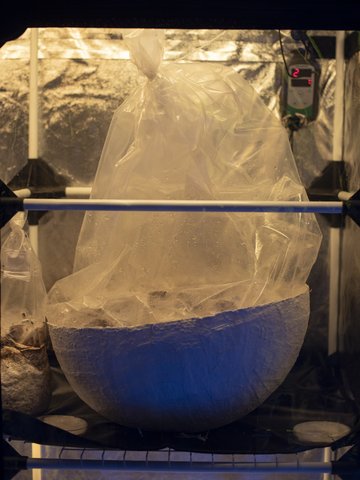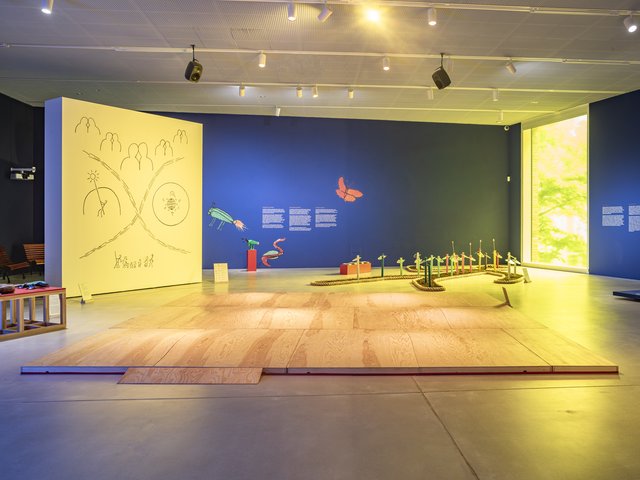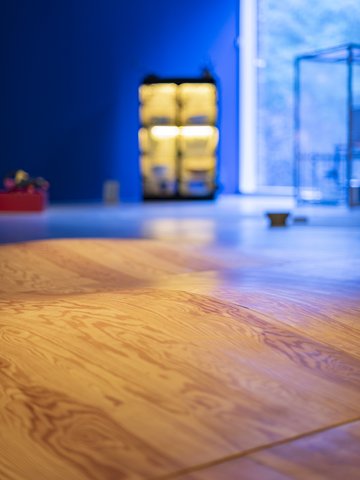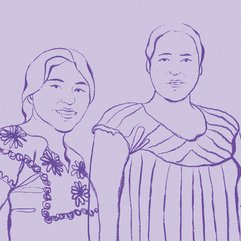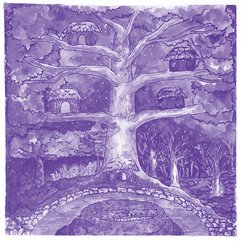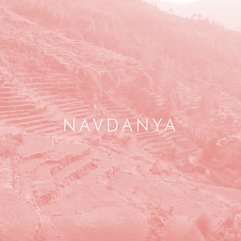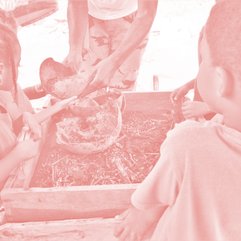Welto and the Sacred Bush
Exhibition - Learning from Caribbean gardens
Opening Hours
Thursday: 3 p.m.-8 p.m.
Friday: 3 p.m.-8 p.m.
Saturday: noon-8 p.m.
Sunday: noon-8 p.m.
Save the Date
all ages welcome
multilingual

Exhibition with works by Annalee Davis, Aurélie Derard, Françoise Dô, Isambert Duriveau, Guy Gabon, Florence Lazar, Mawongany, elementary school children from École Clémence Caristan in Martinique and more.
What grows beneath the surface—beyond what’s visible, in soil, in silence, in song?
A whisper, a memory, a rhythm.
At a time of ecological collapse—when soils are poisoned, biodiversity disappears, and dominant systems fail—the knowledge held in Caribbean gardens offers more than cultural memory. These layered, compact ecosystems cultivate edible, medicinal, and ceremonial plants in close proximity. They are dense with intelligence, care, and ancestral memory—living blueprints for regeneration.
Welto and the Sacred Bush brings this knowledge into conversation with contemporary artistic practices. Across sound, soil, story, textile, and living matter, works by artists from the Caribbean and its diasporas explore the sacredness of the bush, the quiet intelligence of plants, and the relational futures rooted in Caribbean gardens—once systems of survival, now models for repair.
Welto, from Creole, refers to what escapes the eye—fugitive forms of life, survival in shadow. The sacred bush evokes healing cultures passed down through land and lineage. Together, they offer a framework for rethinking how we live, relate, and care.
This exhibition is grounded in a two-year collaboration between Spore Initiative and Permactivie, a Martinique-based association that weaves together permaculture and artistic practice through the values of koudmen—mutual aid, earth care, and collective abundance. As part of this collaboration, Grenn Mawon, Permactivie’s educational program, invited 37 children from École Clémence Caristan in Le Prêcheur to become “guardians of the garden.” Guided by artists, herbalists, and musicians, they explored ancestral knowledge through drawing, ritual, and land care—learning not only what has been inherited, but how to grow it forward.
Their contributions appear alongside reinterpretations of Lasotè, Martinique’s communal agricultural tradition, and sonic works echoing bèlè rhythms and conch shells. Mycelium grows and decays. Guardians take shape in drawings and papier-mâché. A child speaks with a tree. And somewhere, between damage and renewal, a garden begins again.
This is not a path to follow, but a space to learn from—and contribute to.
You are invited to slow down, to listen deeply to what is held here: the care woven into gardens, the wisdom of land-based practices, the visions of children reaching beyond the present.
We welcome your reflections, your drawings, your messages, your questions. What emerges here will not end here—it will continue to travel, informing the ongoing process in Martinique and returning, in time, to those who first opened the garden.



